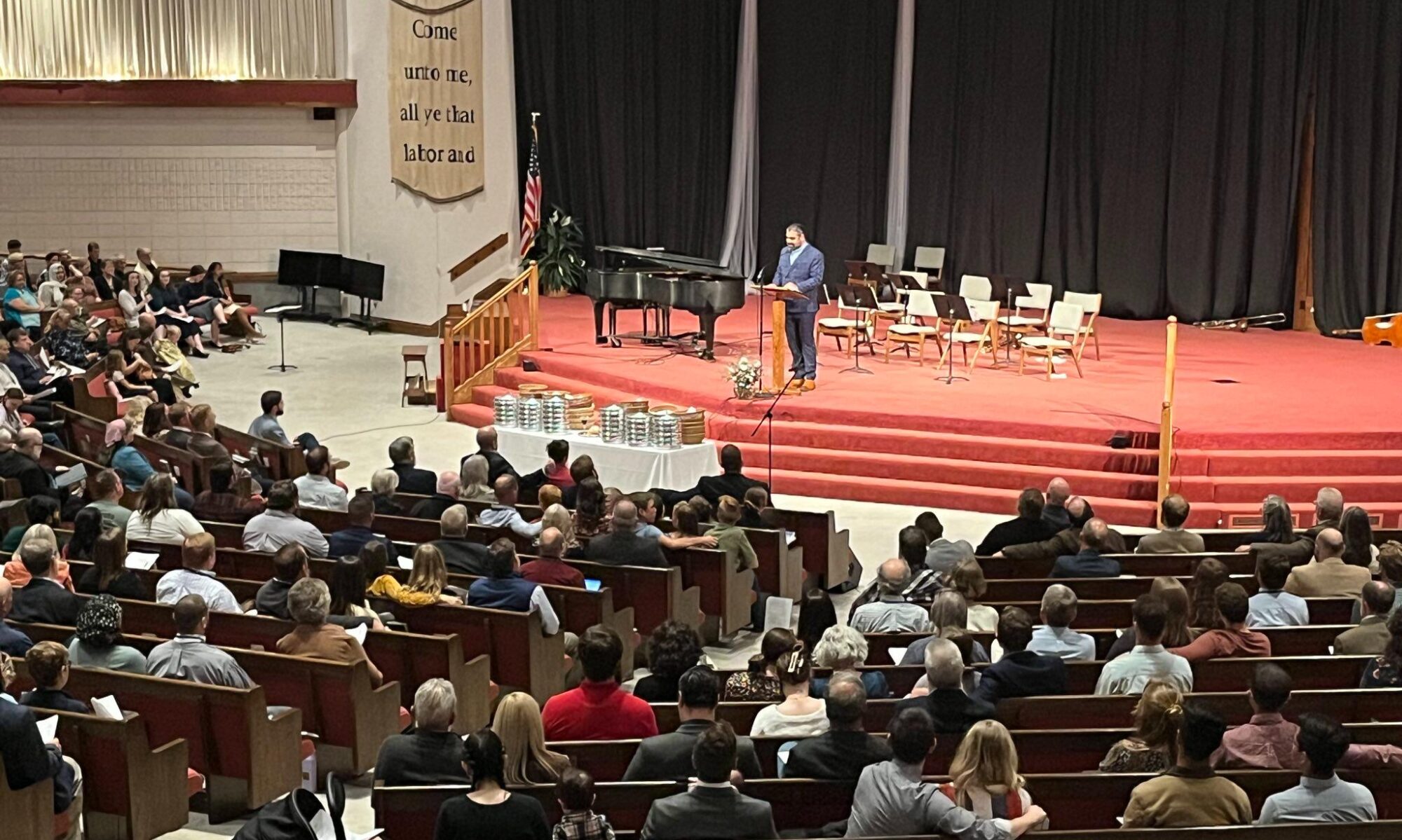I began my day reading through Jim Jordan’s magnum opus, Through New Eyes. Jim is a dear friend and we have worked together for three years (09-11). I have literally read and listened to hundreds of articles, sermons, & lessons. If Jim publishes, my eyes will seek to scan it. In many ways, he has taught me to love the Bible in a deeper way than before.
My seminary days were wonderful days. I had the privilege of sitting under some of the most renown Reformed theologians alive. It was filled with excitement and theological epiphanies. But none of these men came near to the theological revivals that James Jordan caused in my own thinking. Jordan enabled me to appreciate the Bible for its own merit. He caused me to love the Bible for its own structure, poetry, cadence, rhythm, and music. Yes, the Bible is a beautiful song sung by Yahweh Himself in Genesis 1 and closing with the eternal song of eternity in Revelation 22.
In TNE, Jordan observes:
…the universe and everything in it reveals the character of its Creator. God designed the universe to reveal Himself and to instruct us. The problem we have is that sin has made us deaf and blind. We need new eyes and ears, and the Scriptures can help us get them (13).
These new eyes and ears are only re-shaped and re-designed as we allow the Scriptures to do so. The Bible shapes us as a people. The Word of the Lord re-orients our minds to see God’s instruction in everything. The world, and in particular, Scriptures, communicate to us through vast symbols. The revelation of Yahweh contains a specific language that we need to master. And the only way of mastering it is by seeking its guidance day and night.
Hear the Bible
One strong emphasis James Jordan has made over the years is that reading the Bible is not enough. Listening to it is equally important. The ancients did not manuscript copies available as we do, but yet their minds were saturated by the language of Scriptures. Their minds delved deeply into the rich types and symbols of the Old Covenant Scriptures. They heard it read and began to make connections. They did not only accept explicit types and symbols, but they saw that the entire Bible was one story pictured in symbols and types, and since this is the case, therefore every narrative is connected to the one previous and the one after.
Hearing the Bible especially in a community setting takes us away from our natural tendency to isolate ourselves. The isolation of evangelicalism is due to hermeneutical isolation. Individuals are perfectly satisfied to pietize the Bible. And as they do so, they turn their individualism into a standard for others. But when we hear the Bible, when we listen to one another in our communities, and when we allow the Church to speak–as she should–we become part of a greater hermeneutical project.
Hear the Bible, but don’t hear it alone. Hear it, and then contextualize it in this grand story of redemption. And when this is done, sin’s hermeneutical effects began to fade away and our eyes and ears will be able to do those things they were created to do.
For book resources, see here. For his audio series on How to Read the Bible, see here.
